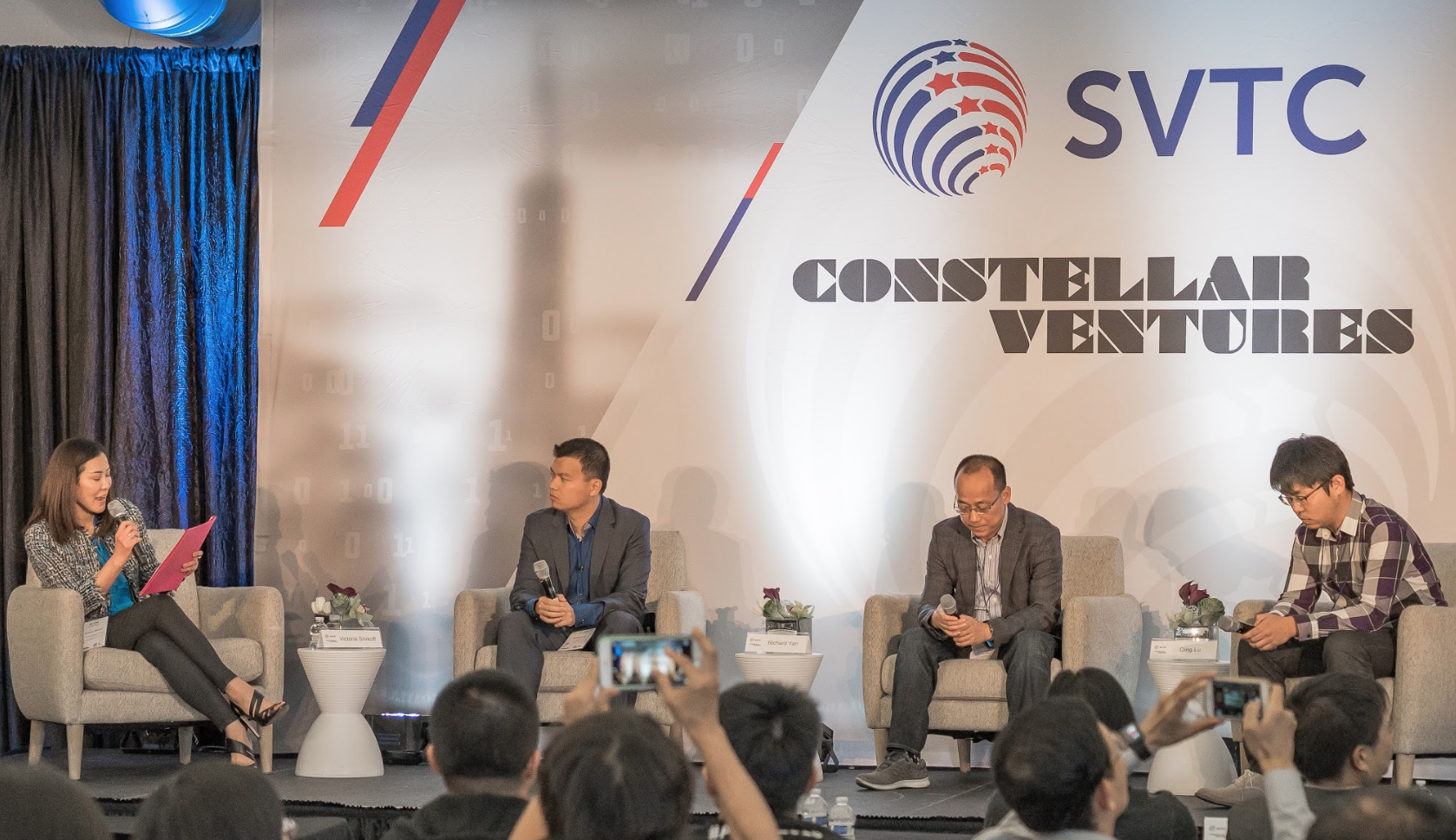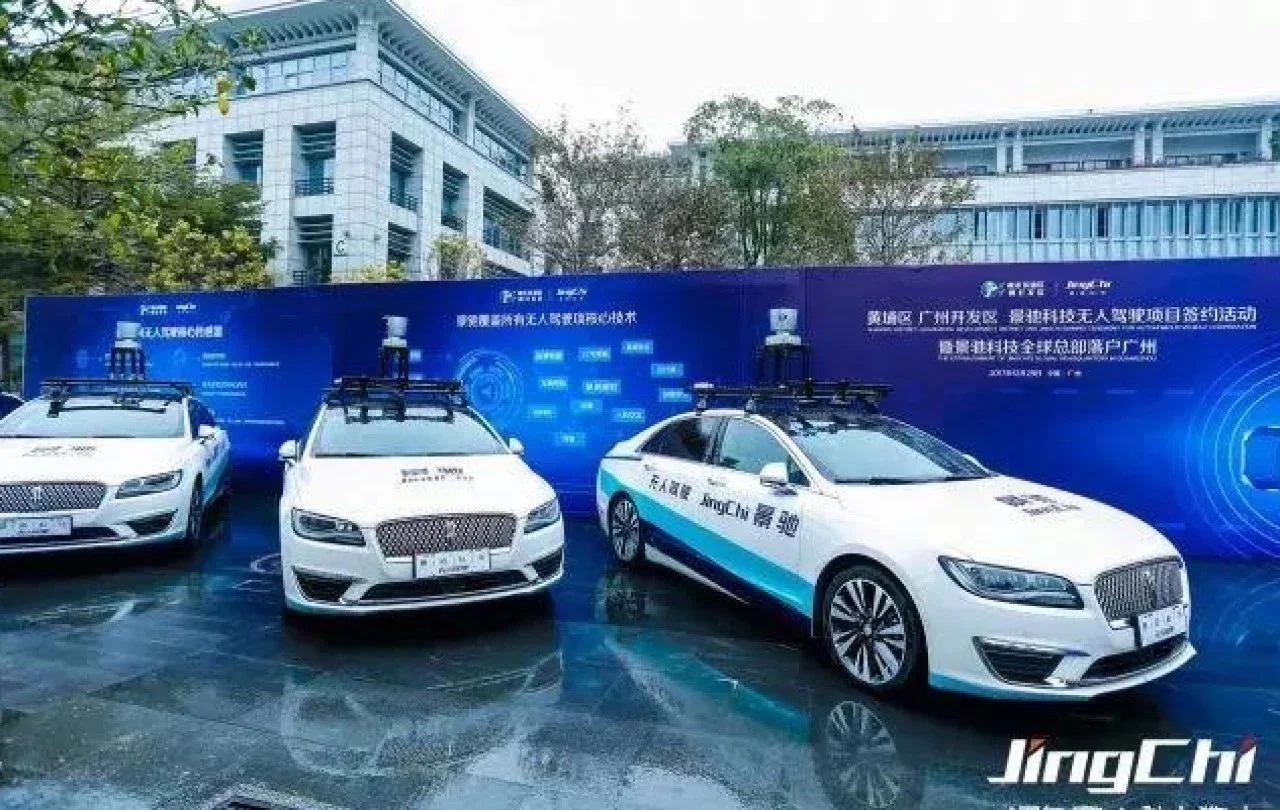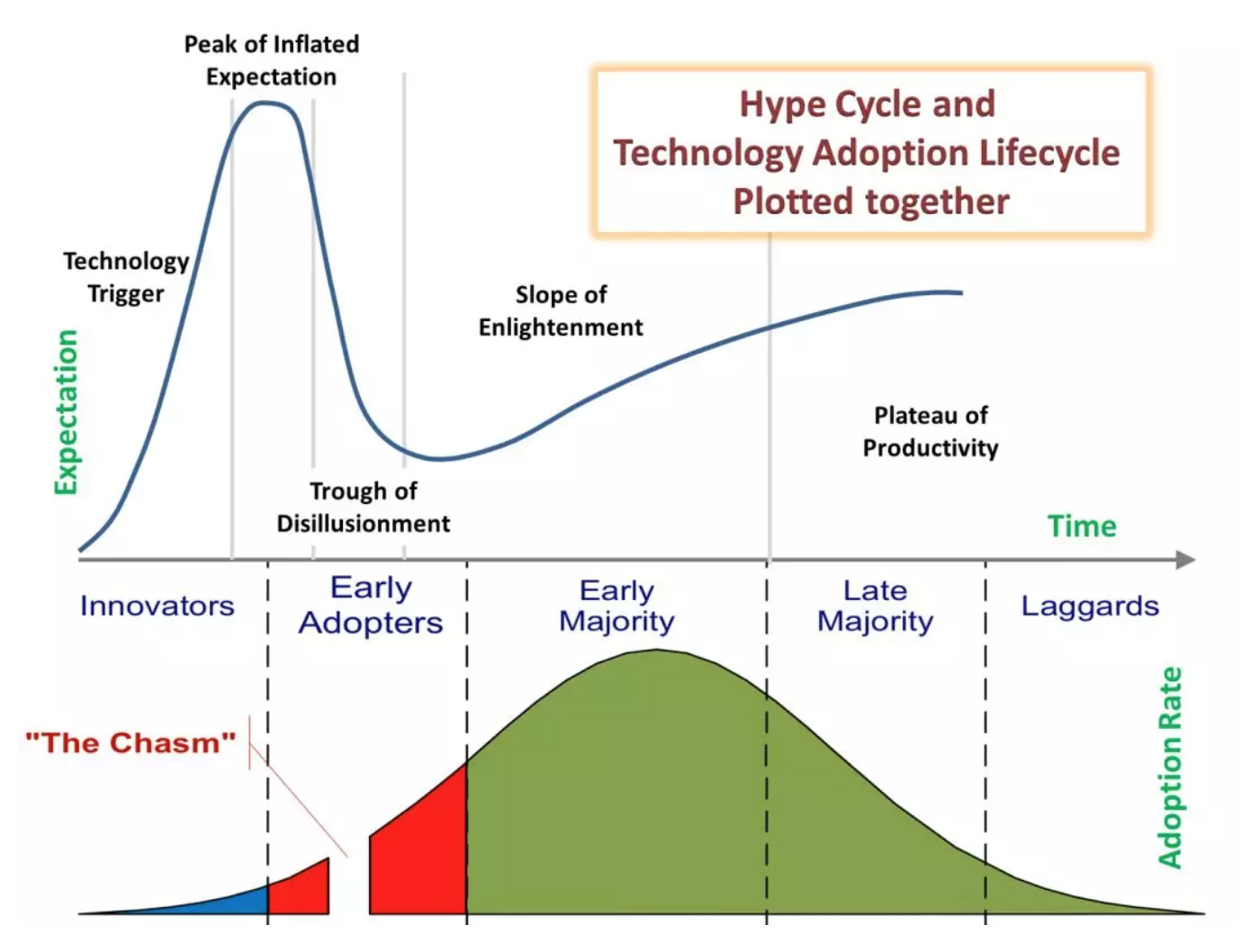AI+ 2018 Forum Fireside Chat with Ullas Naik, a Forbes Top 50 Angel Investor
According to Forbes recently released list of top 50 angel investors, Ullas Naik, founder and partner of Streamlined Ventures, is in the top 50 with 48 angel investments. For the closing event of our 2018 forum, Naik participated in a fireside chat moderated by Safa Rashtchy, founder and general partner of Think+ Ventures, who is also known as the “Founding father of Chinese Internets on Wall Street.”
Ullas Naik, founder and partner of Streamlined Ventures
Safa Rashtchy, founder and general partner of Think+ Ventures
Highlights:
1. Success for investors is often found at the intersection of startups with top founders and a strong drive for success, and a large market potential for its product
2. Ullas’ investment philosophy into AI is that the AI technology must bring value to consumers in specific user application scenarios
3. Ullas dislikes the phrase AI because it is a phrase with little meaning and wants it to be more specifically defined
Fireside Chat summary
Safa Rashtchy: Ullas, what is the secret to your success?
Ullas Naik:
First of all, we always work hard, regardless of if we are succeeding or failing at the moment.
Secondly, Silicon Valley is an excellent location for investors and it has provided numerous high-quality investment opportunities for Streamlined Ventures.
Finally, we always abide by our investment philosophy, no matter what the circumstances are.
Safa Rashtchy:
What is your investment philosophy for investing in AI?
Ullas Naik:
I dislike the word AI because the phrase has little meaning. It needs to be more specific, such as AI robotics. My investment philosophy is to invest in AI technology that brings value to consumers in specific user application scenarios.
Safa Rashtchy: What is the future for AI venture capital?
Ullas Naik:
In the past:
Seed Round Financing → A Round Financing → Product
In the present:
Seed Round Financing → Product → A Round Financing
In the future:
There are two prerequisites for AI projects to obtain financing:
Has a team of engineers
Has already brought basic value to the consumer
Safa Rashtchy:
Can you please tell us about Streamlined Ventures' investment philosophy?
Ullas Naik:
1. Investment is about investing in people. Simply put, it is about investing in top founders who can create value from our capital.
2. Invest in startups whose target market segments is a “blue ocean” market; otherwise there is no need to invest capital in it. It would be more logical to let your capital appreciate naturally.
3. Invest in founders who have to drive for success. I had previously invested in a founder who was unable to support himself or his family, so he had a strong drive to succeed, which eventually led to success for the both of us.
Safa Rashtchy:
What has your experience taught you about investing?
Ullas Naik:
1. The disintegration of the team is fatal to the startup; reasonable ownership structure and incentives are the best “precautionary measures.”
2. Timing is crucial, because the same market on the upturn is quite different from when it’s on the downturn.
3. External CEOs and managers are often unfamiliar with the company's vision and mission.
Currently, AI is quite overhyped, inflating the valuations of AI startups. However, investors should not be worried as long as they evaluate a startup’s success based on its ideas, products, and business models. AI is the future and we will continue to invest in AI technology because it will drive humanity’s progress and development.
In conclusion, we believe while its true that AI is quite hyped up and valuations have been inflated, investors should not be worried as long as we remain focused on our investment thesis and continue to scrutinize thoroughly each and every idea, product, and business model. Together with Ullas, Constellar Ventures will continue to invest in AI because we believe AI is the future and the force behind the next wave of technology advancement.













